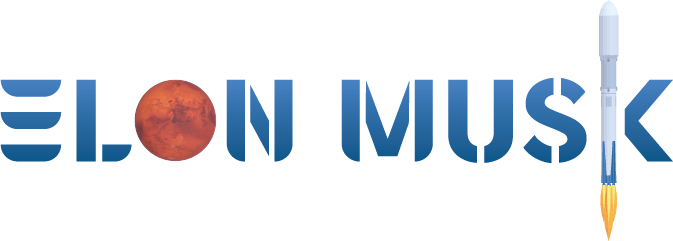
See the evolution of SpaceX rockets in pictures
- by Space.com
- Feb 06, 2022
- 0 Comments
- 0 Likes Flag 0 Of 5

SpaceX Starship Flight 9 launch: Live updates
After three launch failures, Falcon 1 sent a dummy payload to space on Sept. 29, 2008. Its fifth and final launch, on July 14, 2009, sent RazakSAT, a Malaysian Earth-observation satellite, into orbit.
SpaceX
Falcon 1 rockets launched from Omelek Island, part of the Kwajalein Atoll in the Pacific Ocean. The 68 feet tall (21 meters) rocket was powered by a single engine (hence the "1" in its name) and ran on liquid oxygen and rocket-grade kerosene.
And in case you're wondering, Musk named the Falcon rockets after the Millennium Falcon ship from "Star Wars."
Developing Falcon 9: SpaceX's rocket sequel to Falcon 1
SpaceX
SpaceX soon received interest from several companies looking for a heavier-lift rocket. The company had considered developing an intermediary rocket called the Falcon 5, but instead skipped ahead and began work on the Falcon 9 (because its first stage used a cluster of nine engines.
This rocket can send a payload to low Earth orbit weighing up to 28,991 lbs. (13,150 kg). It is a two-stage rocket that at stands 230 feet (70 meters) tall and is 12 feet (3.7 m) wide. SpaceX first advertised plans for the Falcon 9 in 2005 and sent the debut Falcon 9 aloft on June 7, 2010, from Cape Canaveral Air Force Station in Florida.
Early customers of the rocket included Bigelow Aerospace; Avanti Communications; and MacDonald, Dettwiler and Associates.
Reusing rockets: SpaceX's goal to reduce space costs
SpaceX
Right from the beginning of Falcon 9's history, SpaceX was interested in reusing the first stage of the rocket to save on launch costs.
Early tests of the landing were unsuccessful, however. SpaceX made attempts on the first, second and sixth launches of the Falcon 9 to control the booster's landing, but in each case, the stage slammed down into the ocean. You can watch a supercut of those failed landings from SpaceX below.
SpaceX finally achieved a controlled ocean landing on Falcon 9's ninth launch (the fourth controlled-landing attempt), on April 18, 2014. This was an important stepping stone in the path to eventual reusability.
The first successful landing of a Falcon 9 rocket occurred on Dec. 21, 2015 at Landing Zone 1, a SpaceX pad at the Cape Canaveral Air Force Station in Florida.
Dragon dreams: SpaceX's first space capsule
SpaceX
SpaceX kept the first 18 months of the Dragon cargo ship's development under wraps. Then, in March 2006, the company officially made Dragon public when the company submitted a proposal for NASA's Commercial Orbital Transportation Services (COTS) demonstration program. The ultimate goal was to develop a private spacecraft to ferry cargo to the International Space Station.
After Spacex hit several milestones, NASA selected SpaceX's Dragon in December 2008 to be one of the companies providing commercial resupply services to the space station. (The other company was Orbital Sciences, which later became Orbital ATK and now Northrop Grumman.)
SpaceX's contract value at that time was a minimum of $1.6 billion, with options to extend to $3.1 billion; the company has since received a new contract for cargo launch services.
Musk has confirmed that he named Dragon after "Puff the Magic Dragon.
Early Dragon flights: SpaceX begins NASA work
SpaceX
Dragon made a successful maiden flight on Dec. 8, 2010, from Cape Canaveral Air Force Station. Then, on May 22, 2012, Dragon launched for an important test: an attempt to berth the spacecraft with the International Space Station.
Dragon made it to the station safely on May 25 of that year, despite experiencing some problems with a laser system that was supposed to judge the craft's distance to the orbiting complex. The milestone prompted worldwide acclaim. It was the first time a private spacecraft docked with the space station.
SpaceX has since upgraded its uncrewed Dragon cargo ships to be reusable for at least two flights.
Grasshopper: SpaceX tests rocket reusability
Grasshopper was a 100-foot-tall rocket prototype flown at SpaceX's McGregor, Texas, proving grounds to give the company more experience in landing boosters vertically.
While Grasshopper did not get as much media attention as SpaceX's other programs, it was key to furthering the development of Falcon 9's reusable first stage.
Chris Thompson/SpaceX
Please first to comment
Related Post
Stay Connected
Tweets by elonmuskTo get the latest tweets please make sure you are logged in on X on this browser.






 Energy
Energy

















